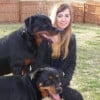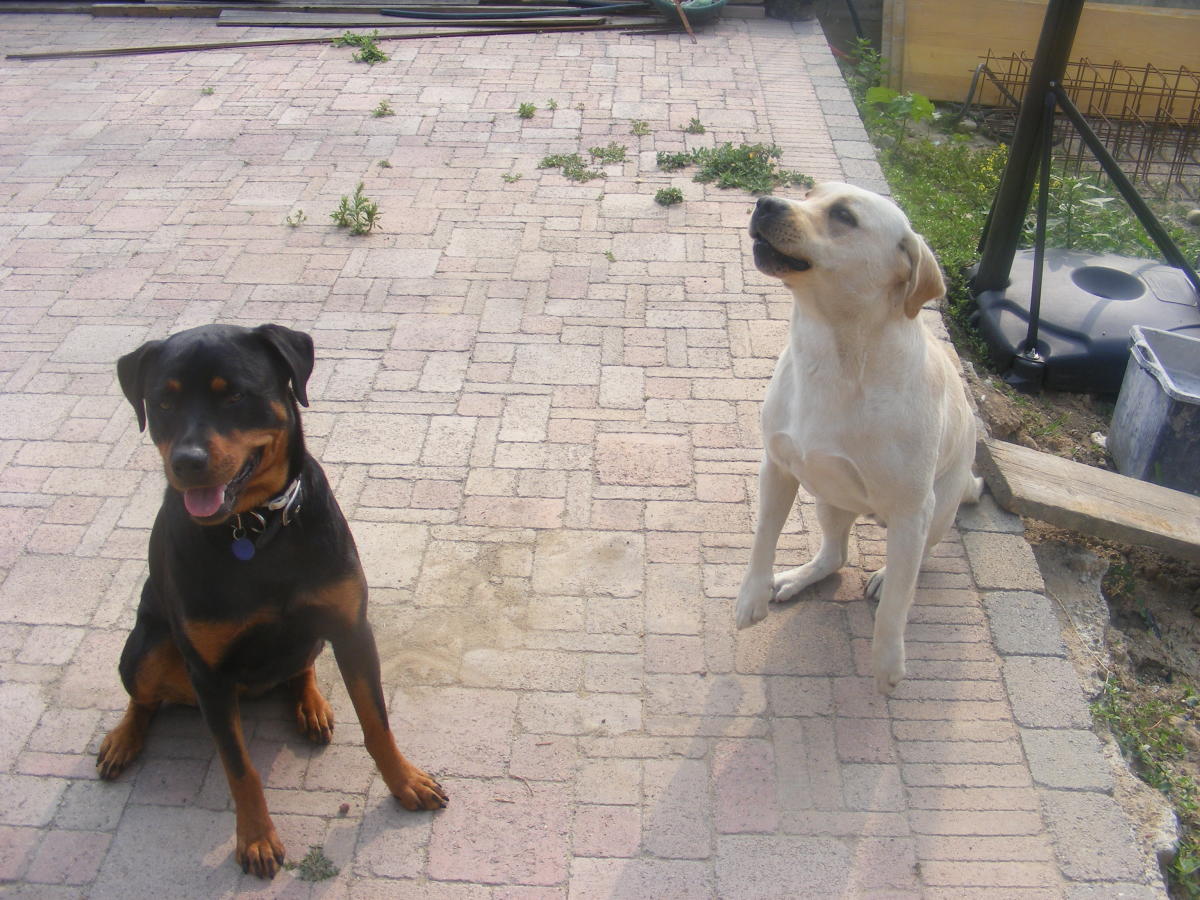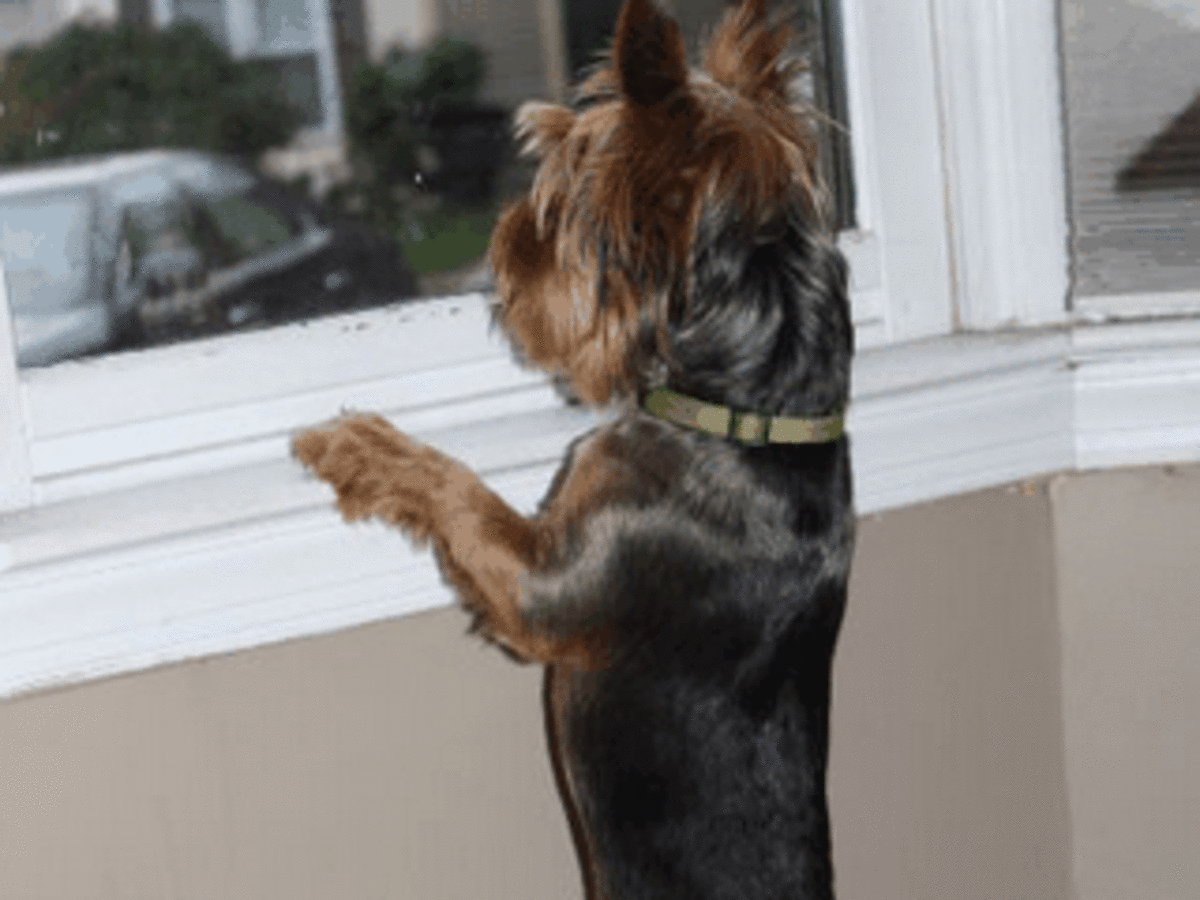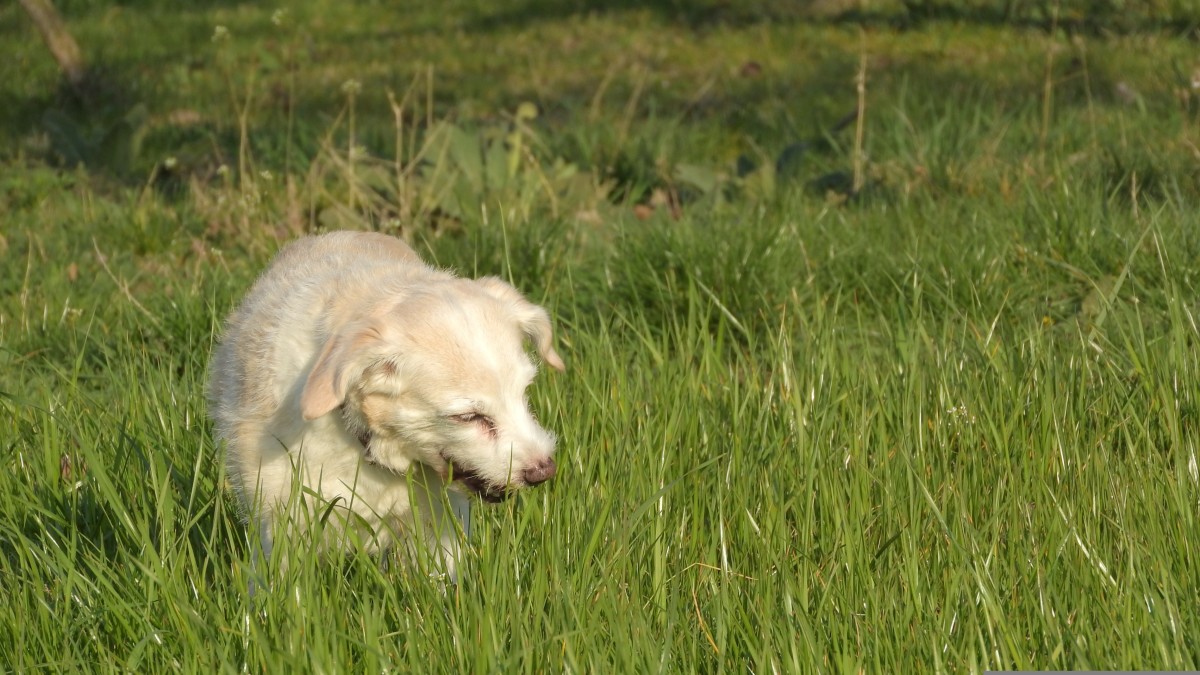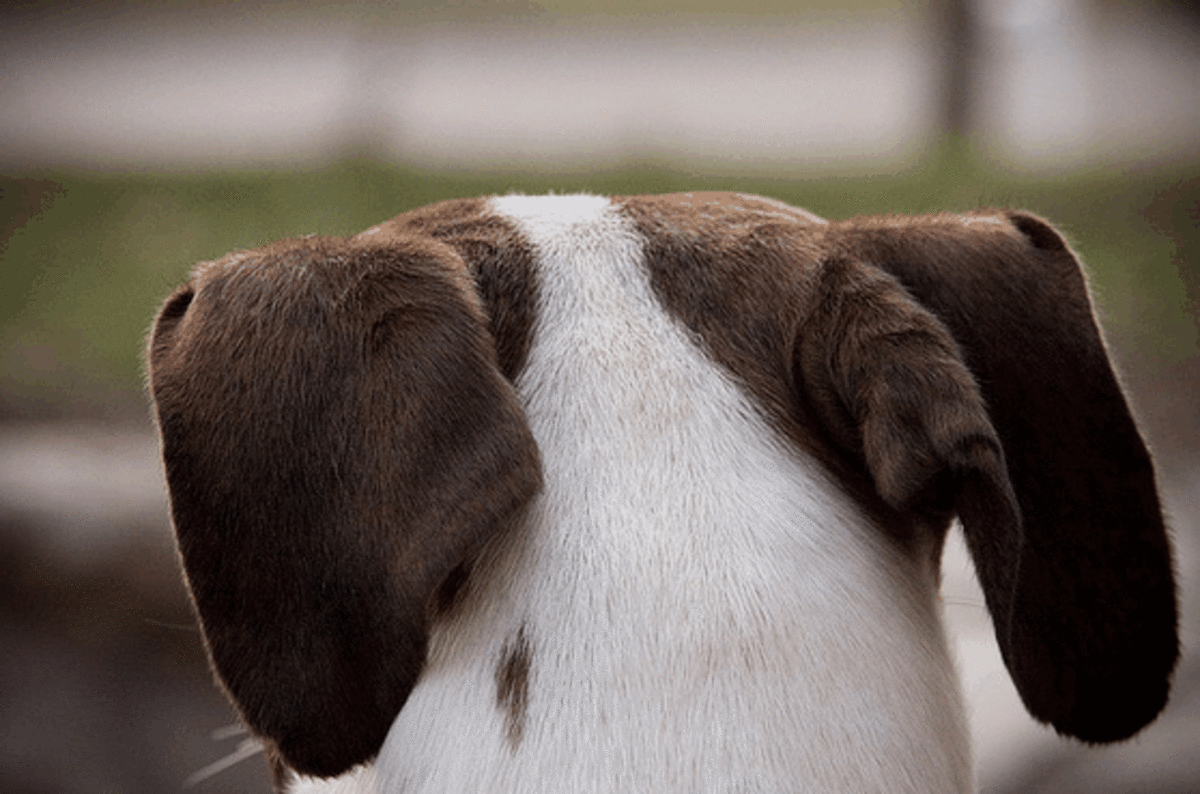Changing Dog Behavior Through the "Sniff That" Method
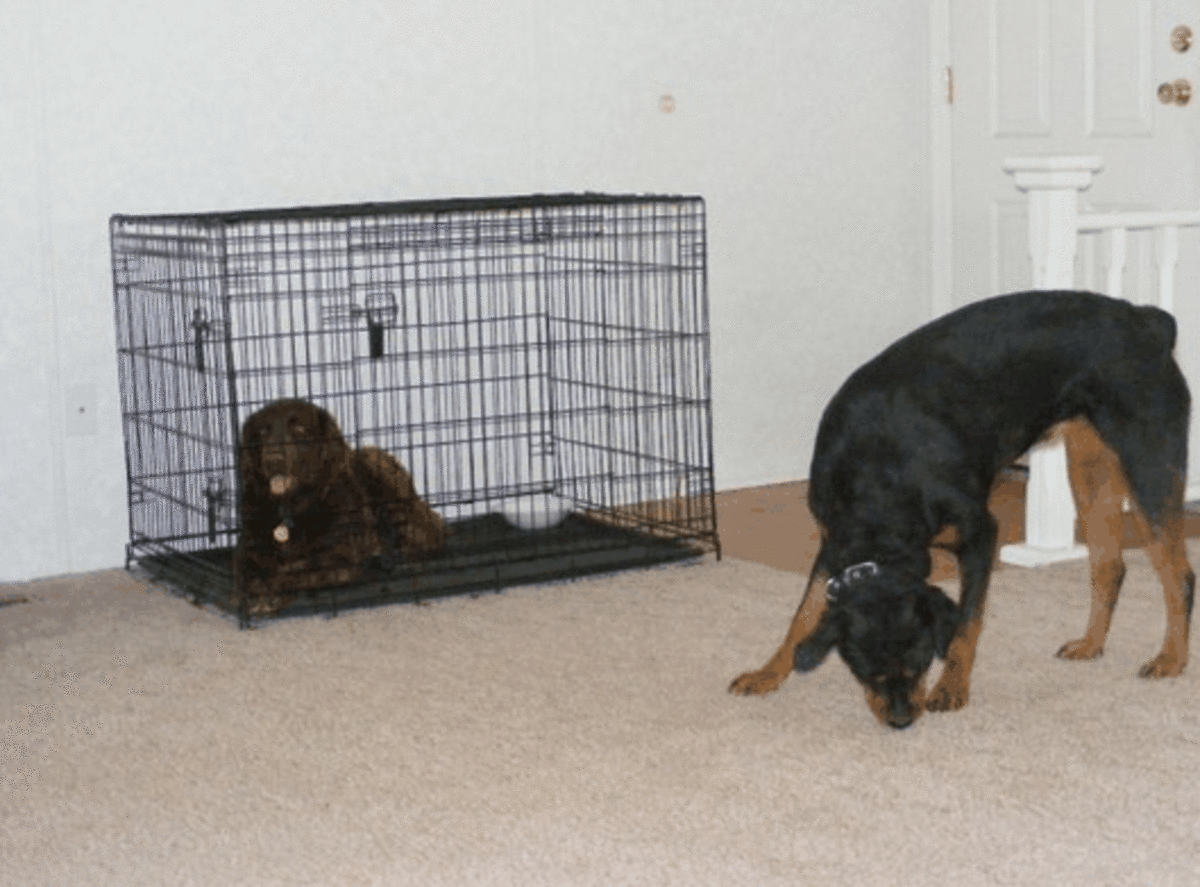
Why Use the "Sniff That" Method?
After dealing with a vast array of reactive dogs coming to my board and training business, I found it necessary to use two new methods which I baptized as the "hear that" and "sniff that" methods. These methods are inspired by Leslie McDevitt's "Look at that" behavior modification method, only that these two methods are the auditory and olfactory versions, whereas, Leslie McDevitt's Look at that (LAT) is the visual version. I also use a tactile version I call "touch that."
Why did I come up with these two methods? Mainly because I have noticed how important it is to have a few sub-steps before heading towards full blast behavior modification.
I have found that my reactive dogs do much better in LAT (Look at That) after undergoing "Hear That" and "Sniff That" first. Why is that? I think because these two methods grant a better level of familiarity that reduces the chances for the dog to go over threshold.
In this article I will focus on "sniff that", but if you are interested in learning more about "hear that" read my article "How to Use Hear That for Noise Sensitivity", where there is a brief case study using it for men and dog reactivity. And if you're interested in LAT, here is a summary of Leslie McDevitt's method " Changing Dog Behavior Through LAT"
So why use the "Sniff That" method? First off, consider how important a dog's sense of smell is. Dogs are blessed with over 220 million olfactory receptors in their noses, so the act of smelling has a big, big impact on their life.
It's true that some breeds have a keener sense of smell than others, but regardless of breed, we cannot ignore the impact a dog's nose has on a dog's life life and the interactions with his environment. Below we will take a look at some examples where "sniff that" may turn out very helpful along with a few of my case studies.
Dogs Live in a World of Smells
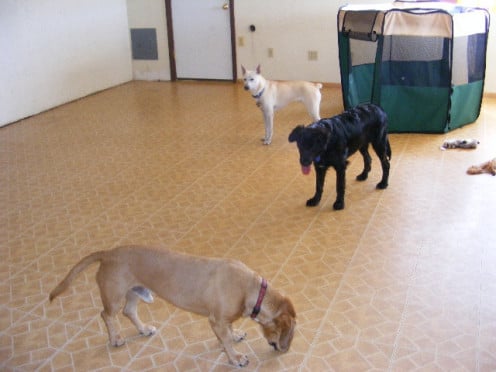
When to Use "Sniff That"
So when would you use "sniff that" to help your dog? In many cases! I like to use it as a pre-behavior modification step along with "hear that" if feasible. Yet, I never do them both together, until I have at least created a conditioned emotional response to both noises and smells. Here are a few examples that could benefit from 'Sniff that".
- You are going to bring a new baby home soon, so you expose your dog to the baby's blanket several days prior.
- You are going to have a guest soon, so you expose your dog to a shirt or other item of his prior to his arrival.
- You have added a new dog to your household, but yet don't want to introduce him to your other dog right away. So you swap the blankets they sleep on a few days prior.
- Your dog is reactive to people coming over so, when they leave, you let your dog sniff the areas they left their smells on (chairs, couches, hand rests, remote controller etc) and the trail of scent they left upon walking in and out.
- Your dog is reactive towards other dogs and you want him to learn to "sniff that" on cue so he engages in an alternate behavior.
As seen, you can use "sniff that" in different scenarios. Below are a few case studies, real behavior modification sessions that improved after using "sniff that."
Case Study 1: Reactive to Smells
Homer was a 5-year old golden retriever who has reactive towards dogs and strangers. The owner said that for many years he had to make a swift about-turn every time they encountered another dog on walks. He used to bark, lunge and growl at the other dog, regardless of breed, size, sex or age.
His history included an attack from another dog (no bite involved) which may have had an impact. Before working on LAT, I had my hubby walk my stimulus dog ahead of us and Rover appeared to be already nervous just by smelling the areas marked by my hubby's dog and the scent left by his foot prints.
So we worked on "sniff that" and tossed treats every time he sniffed these areas over and over for the next couple of walks until he appeared more relaxed. We next started working on LAT.
Case Study 2: Learning Social Behavior
Bello, a 6-year old collie mix used to snap when approached by dogs he didn't know. We worked on training an alternate, incompatible behavior by clicker training him to sniff the dog under the tail instead of snapping towards the dog's face.
After several training sessions using calm dogs, Bello learned natural canine language again. Indeed, because he was rewarded for sniffing the other dog under the tail so much, he started doing this naturally in every encounter.
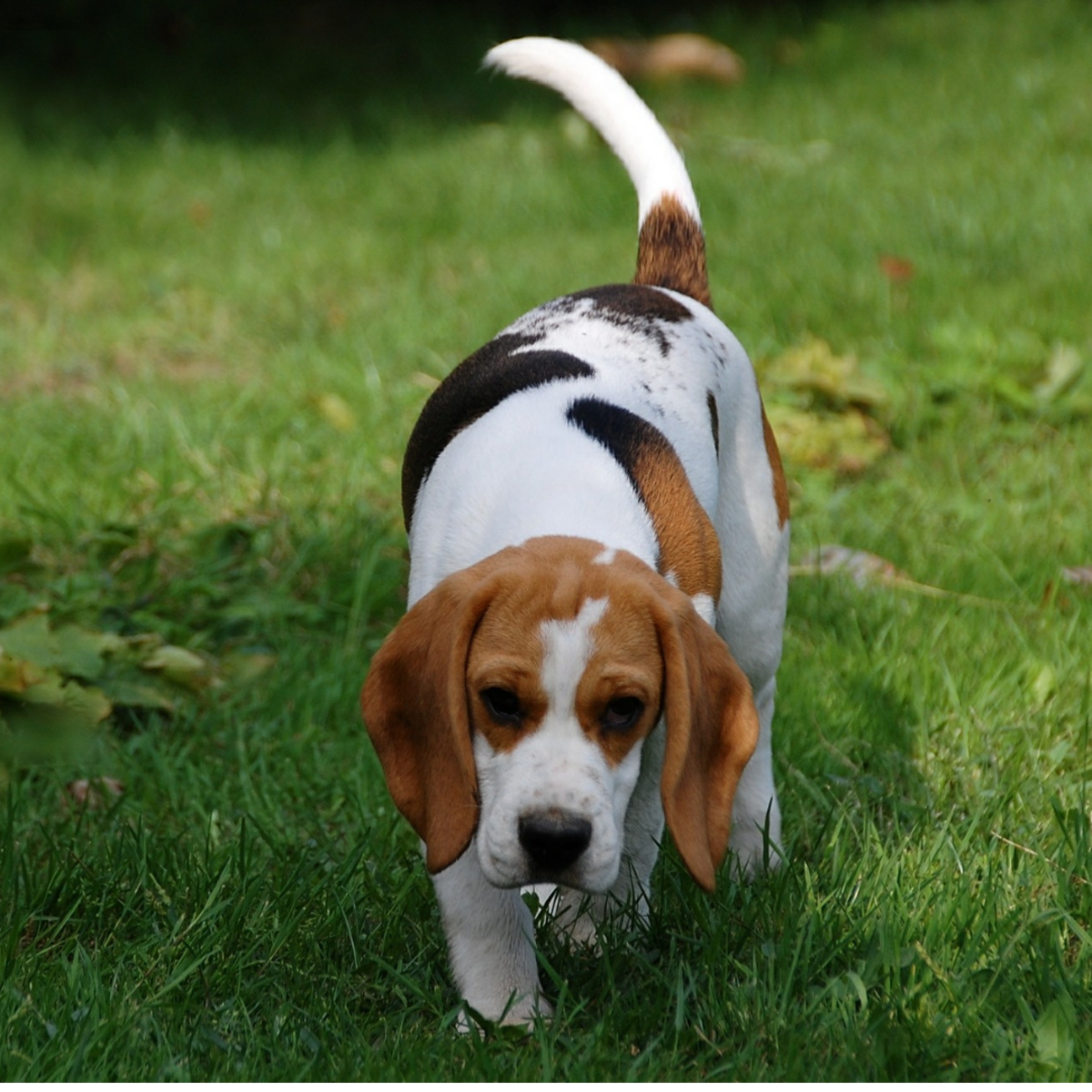
How to Train "Sniff That"
No worries! There's really little training needed to use sniff that as your dog will just do what comes to him naturally. Just identify an object that may have the smell of your baby, upcoming guest or other dog and let him sniff it.
As he sniffs, drop treats nearby so he'll learn to associate the smell with treats. Don't give treats when he is sniffing other objects, just make good things happen by giving treats exclusively when he interacts with the object with the smell.
When your dog is no longer interested in smelling the object take it away, but then take it out again at another time of the day and in a different room and repeat the same exercise.
Putting "Sniff That" on Cue
If you want to kick this up a notch, put the behavior of sniffing on cue. Take an object with a new smell and place it in the middle of the room. Unleash Rover. The first thing he should do is walk towards the object to investigate it, right before he sniffs it, say "sniff that" pointing at the object, let him sniff, praise him and give him a treat. Remove the object and repeat by using another object and placing it in the middle of the room and doing the same exercise.
Raise criteria then and do the same exercise outdoors. At some, point you may want to try without a visible object. Get a hot dog, and drag it on the floor leaving a small trail of scent, tell your dog "sniff that" and as he sniffs the trail, praise and reward.
At some point, you will have a dog who sniffs the ground on cue. Use this cue when you want your dog to sniff a specific object or even when you want him to engage in an alternate behavior. If you are a professional, you can even use this cue to make your decoy, stimulus dog engage in a calming signal to calm down another dog. Both my Rotties are trained to sniff on cue to provide a calming signal to dog-reactive dogs as needed. It really seems to help take the edge off!
Disclaimer:this article is not meant to be used as a substitute for professional behavior advice. If your dog is aggressive or exhibiting behavior problems, please consult with a behavior professional using force-free humane behavior modification.
This content is accurate and true to the best of the author’s knowledge and is not meant to substitute for formal and individualized advice from a qualified professional.
© 2013 Adrienne Farricelli CPDT-KA, Dip.CBST
